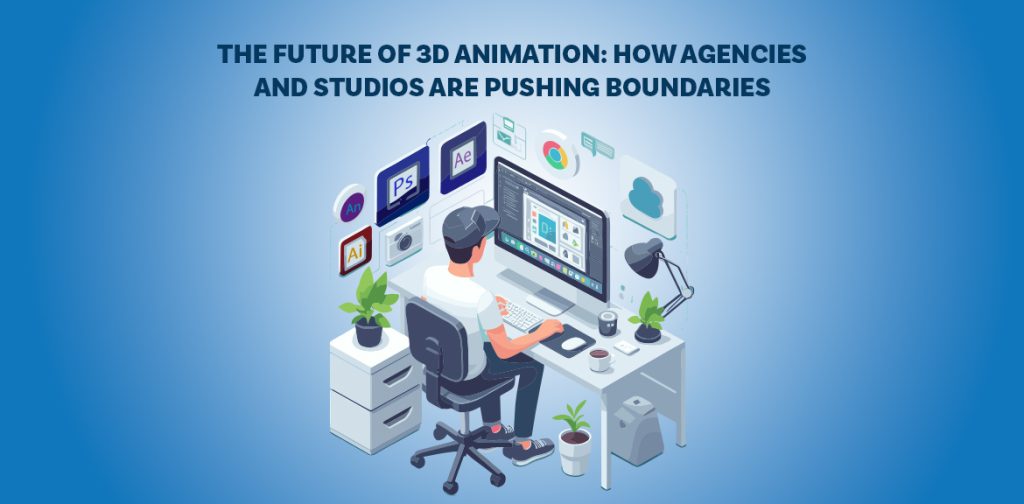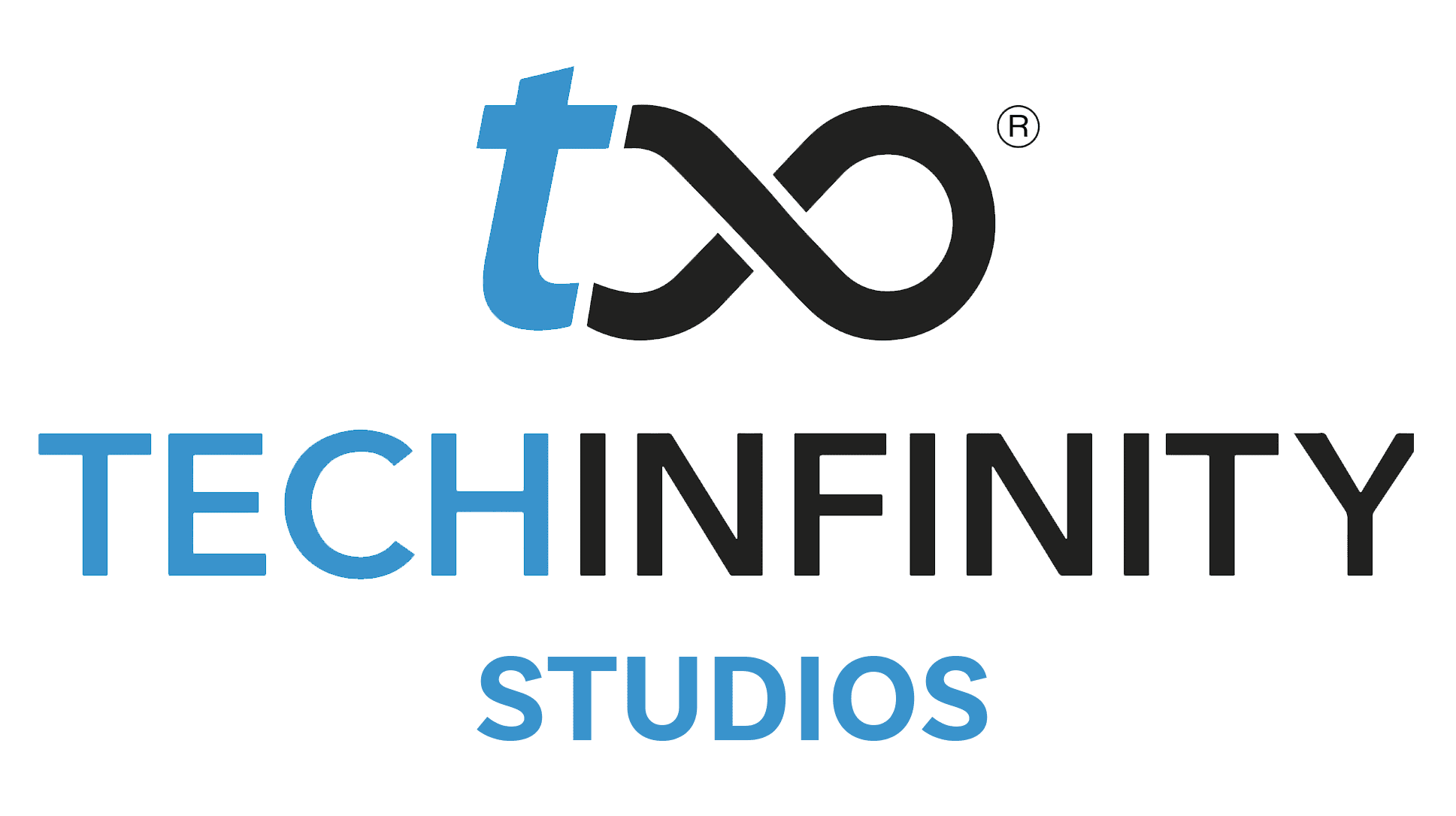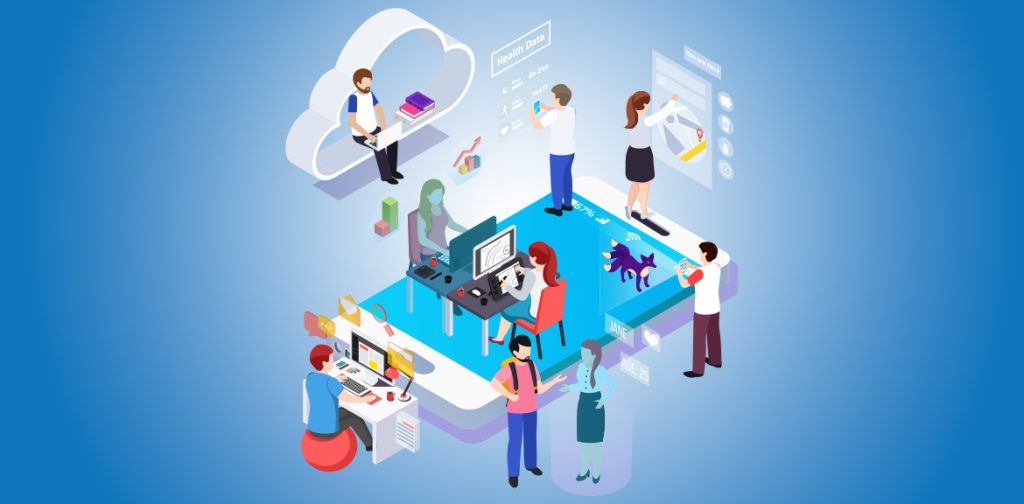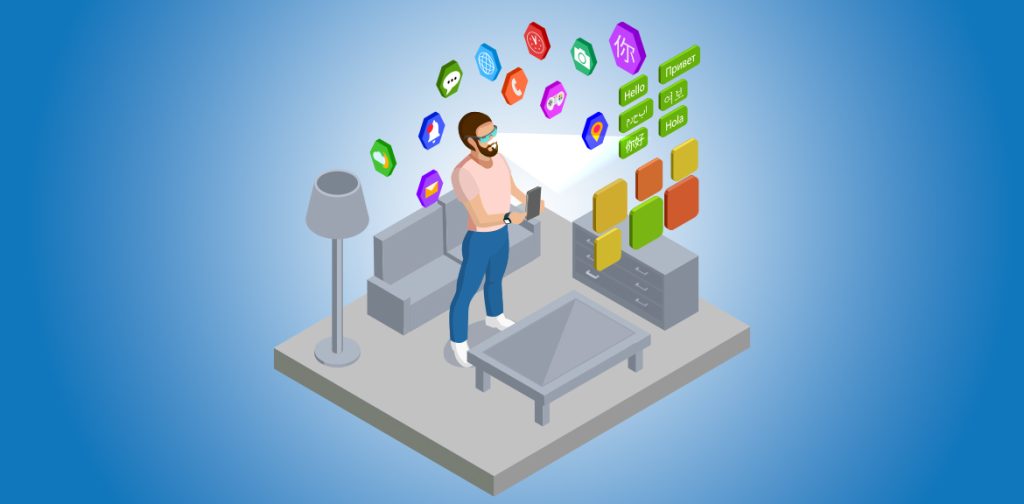
The Future of 3D Animation: How Agencies and Studios are Pushing Boundaries

3D Animation is evolving at an unprecedented rate; as a result, it is bringing about innovations that make animations more realistic, engaging, and applicable in diverse industries. Furthermore, as technology rapidly advances, 3D animation agencies and studios are constantly pushing the limits, thereby extending animation well beyond entertainment into fields like virtual reality, advertising, and even medicine. In this regard, this article delves into the future of 3D Animation, the latest breakthroughs, and how studios and agencies push boundaries in Animation.
A Shift in Techniques and Technology with 3D Animation
As technology progresses, the tools and techniques in 3D animation evolve alongside it. In particular, modern Animation employs artificial intelligence, machine learning, and cloud computing to increase efficiency and reduce rendering time. As a result, these developments have allowed agencies to create more complex animations with less effort, thus making it possible to meet the high demand for content in today’s media-rich environment.
- AI and Machine Learning: AI can automate tasks traditionally requiring manual labour, such as rendering environments or tweaking animations frame by frame. This automation speeds up production and enhances creativity as artists can focus more on storytelling and less on technical tasks.
- Cloud-Based Animation: Cloud computing has revolutionized collaboration by enabling animators worldwide to work on the same project seamlessly. This shift has benefitted 3D animation agencies, allowing them to outsource specific tasks and work with talent globally.
- Real-Time Rendering: Real-time rendering is transforming the industry, as it allows animators to see changes instantly, streamlining workflows and speeding up production times.
Expanding Applications for 3D Animation
The applications of 3D Animation have expanded significantly in recent years, leading animation studios to explore new markets and industries. Here are some fields where Animation is making significant inroads:
- Virtual and Augmented Reality: VR and AR experiences rely heavily on 3D Animation to create immersive worlds. From gaming to virtual tours and educational simulations, 3D animation agencies are pushing the boundaries of what virtual experiences can offer.
- Healthcare and Medicine: Animation studios are creating detailed anatomical models and simulations for medical professionals and patients. These animations are used for educational purposes and to simulate surgical procedures, enhancing patient understanding and medical professionals’ training.
- Advertising and Marketing: As brands seek innovative ways to connect with consumers, this Animation has become an invaluable tool for creating engaging, memorable content. Animated product demos, virtual experiences, and interactive ads are now part of many campaigns.
- Architecture and Urban Planning: 3D animation offers architects and urban planners a way to realistically present complex structures and city plans. Animation studios can create virtual walkthroughs that help stakeholders understand the full scale of a project before any groundwork begins.
The Rise of Procedural 3D Animation and Motion Capture
A notable trend in the future of 3D Animation is the adoption of procedural Animation, where motions are generated in real-time rather than being predefined. In fact, this technology has major applications in video games and virtual reality, particularly where characters or objects must react dynamically to user inputs or environmental changes.
Motion capture (MoCap) technology has also reached new heights, therefore allowing actors’ performances to be mapped onto digital characters with unprecedented accuracy. As a result, animation agencies now use MoCap to capture human movements and convey subtle facial expressions, thereby adding emotional depth to animated characters that were previously difficult to achieve.
Innovations in Storytelling and Character Design
An exciting aspect of pushing boundaries in animation is the creative freedom it brings to storytelling and character development. 3D animation agencies are experimenting with hyper-realistic character models, detailed environments, and lifelike textures that make animated worlds feel as immersive as real life. Studios are using these advancements to craft more complex, relatable characters and intricate worlds, enhancing the storytelling experience for viewers.
- Hyper-realistic Design: New rendering engines and high-definition assets allow animators to create characters nearly indistinguishable from live-action footage, a popular trend in films and high-budget video games.
- Unique Art Styles: Animation studios are also exploring stylized 3D Animation, combining elements of traditional 2D Animation with 3D techniques to create unique visual aesthetics.
Future Challenges and Opportunities
Although 3D animation continues to advance remarkably, creators still face challenges that need to be addressed. High production costs, the need for skilled animators, and the continuous push for innovation require agencies and studios to stay agile. However, these challenges also present opportunities, encouraging studios to innovate further and streamline their processes.
- Automation vs. Creativity: As AI takes over repetitive tasks, studios must ensure that creativity remains at the core of the animation process.
- Balancing Realism and Fantasy: While hyper-realism is impressive, maintaining a unique visual style is essential for creating memorable animations that resonate with audiences.
Conclusion
3D animation will create exciting possibilities in the future, from immersive VR experiences to advanced medical simulations. As the animation agencies and studios continue to embrace new technologies, they are setting the stage for a future where Animation is more realistic, versatile, and accessible than ever before. Through AI, procedural Animation, and hyper-realistic rendering, studios are pushing boundaries in Animation and reshaping the landscape of digital storytelling.







